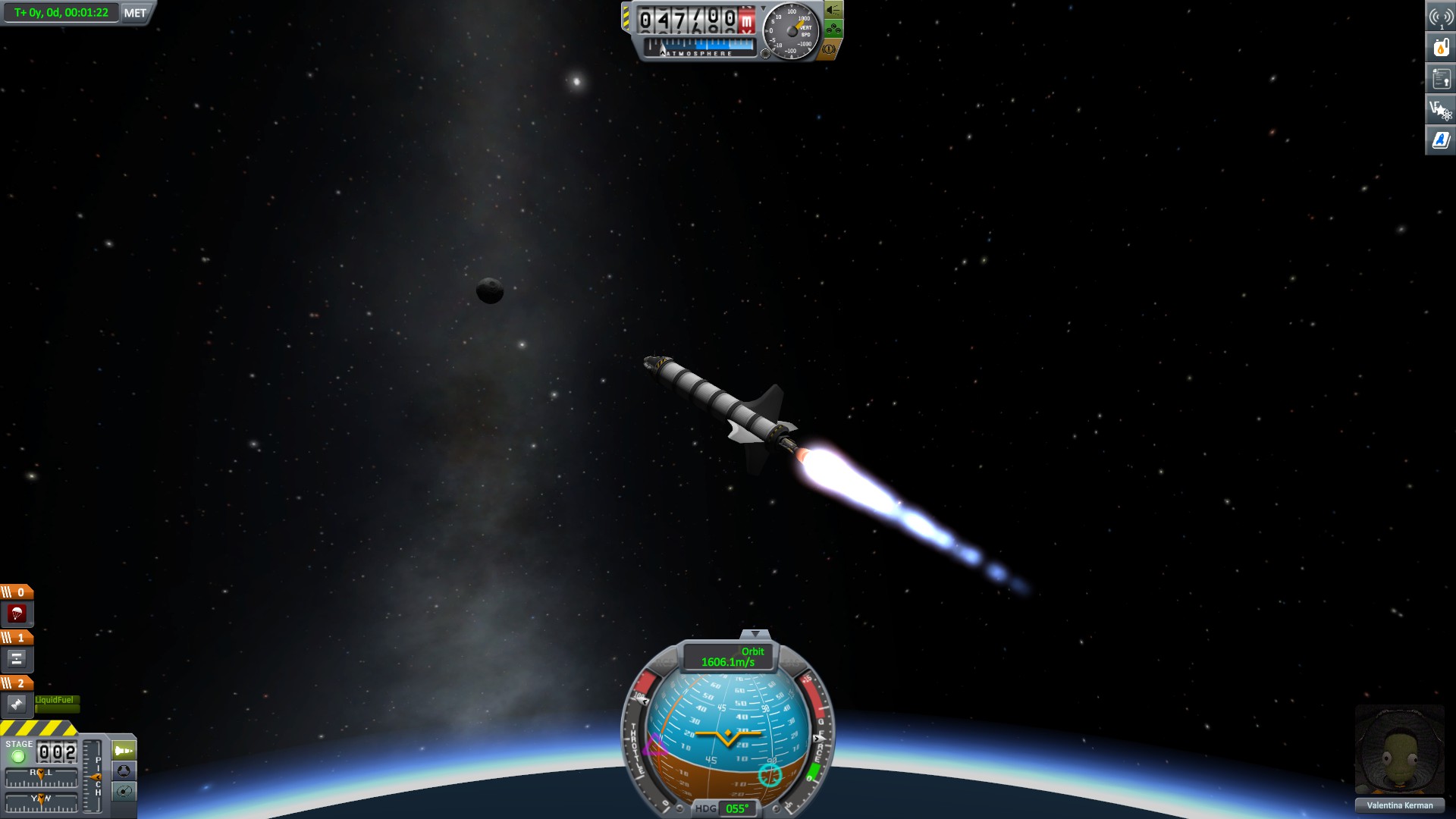

Modern flight simulators which attempt to simulate the physical layout of a real cockpit are in this vein. For example, though simplistic, SimCity was popular for decades because of its ability to simulate the relationships between money, resources, people and infrastructure in the emergence of a city. this included physical, economic or social domains. Domains that are dangerous, unpredictable and interesting. From physical simulation to cognitive stimulationĬomputers let us simulate domains that had complex properties, unexpected constraints and complex relationships. Then, in the late 1970s, computers arrived and the whole world of simulation changed. Million litre water tanks let astronauts simulate the actual experience of free-fall before ever leaving the surface of the Earth. Usually, the purpose of many of these simulations was for entertainment.įull scale control module simulators let astronauts test out various aspects of the mission with appropriate (if rudimentary) feedback. These early attempts at simulation might seem rudimentary now, but they were ingenious in their attempts to temporarily evoke the form and function of something. Clever engineers over the last thousand years have used clockwork to simulate birds, animals or even people. All part of the spectacle of make believe. In theatre throughout the ages, pieces of red cloth simulate blood, smoke simulates a fire, a beaten metal sheet simulates thunder. By this definition, simulation could include ancient simulations using physical props like hides, horns and makeup so that people could pretend or simulate wildlife in ritual dances. Lets first assume a general definition of simulation where something is pretending or imitating something else. Let’s start with simulation, an age-old concept. An incredibly brief history of simulation
#Kerbal space program 2 software#
Secondly, there is the story of how Kerbal Space Program was developed by Squad, a company based in Mexico that had nothing to do with computer software or game development. Firstly, there is the exploration of what simulation means and why it's such a crucial tool to learning and creative thinking.

However, there are two interesting threads to this story. Rather, these Kerbals are green skinned creatures with big goofy eyes and snappy spacesuits.

Not the dark eyed, green skinned figures in flying saucers that see to have an unhealthy affinity for probing people. The Kerbals are aliens, but not the sort you might be thinking about.


 0 kommentar(er)
0 kommentar(er)
